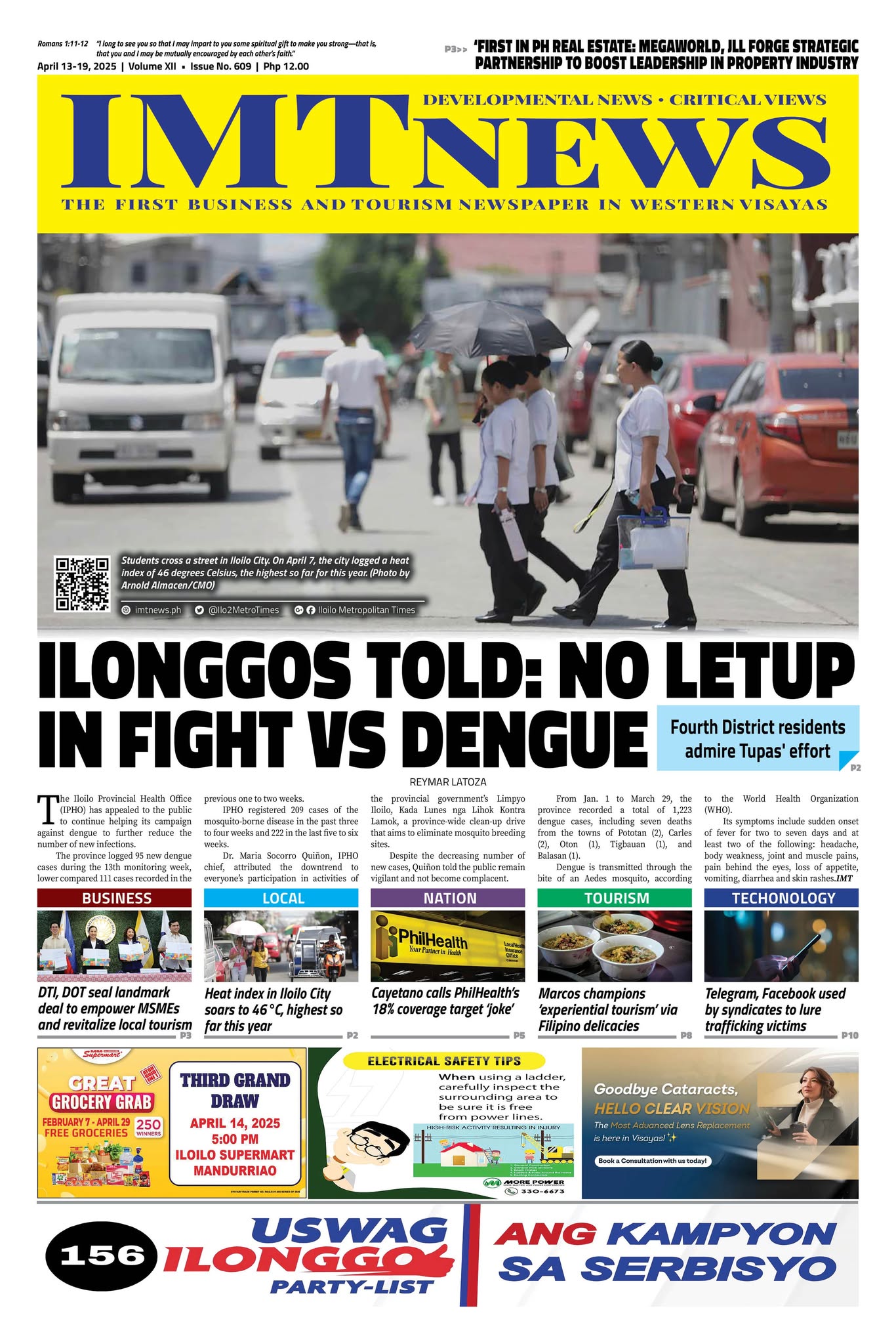Soledad S. Garibay, a university researcher at the College of Fisheries and Ocean Sciences (CFOS) of the University of the Philippines Visayas (UPV) and currently the CEO and founder of Algacon Aquafeeds Manufacturing (AAM), developed the first-ever microalgae paste in the country branded as ‘Juan Algae Paste’.
“We claim that our product, Juan Algae Paste, is the first in the Philippines. Those that are commercially available abroad are non-viable, they are frozen. Our product is alive so you can use it as a starter to start culture all over again. And that was proven by some of our industry collaborators who tested Juan Algae,” said Garibay.
Microalgae are microscopic drifting aquatic organisms that serve as the basic food of almost all aquatic animals and form the baseline of aquatic food chain. In Philippine hatcheries, maintaining a quality and sufficient supply of microalgae becomes difficult due to climate change since the culture of microalgae is dependent on weather conditions. With Algal Concentrator, a technology invented by Ms. Garibay and her team, they were able to harvest and concentrate microalgae while keeping them alive.
There are four types of Juan Algae Paste namely; Nannochloropsis Paste, Tetraselmis Paste, Chaetoceros Paste and Chlorella Paste, with a shelf-life of at least three months when kept refrigerated (0°C to 5°C). The said product is a cost-effective feed for shrimp and milkfish, tilapia, and crustaceans’ hatcheries. It also addresses the challenge of aquaculture operators in culturing microalgae especially during rainy season.
The microalgae research started in 2009 during the implementation of the Biodiesel Program with the hope that promising volume of biodiesel can be extracted from algal biomass. However, the result of this study is not feasible. This led to the proposal of Ms. Garibay on the development of algal paste from microalgae as feed for Shrimp and Milkfish Hatcheries under the DOST-PCAARRD National Aquafeeds Research and Development Program.
Garibay was born in Quezon City, daughter of Mrs. Loreta Del Rosario and Mr. Daniel Santos. Garibay was into research since 1990. Ever since childhood she was full of curiosity on so many things. “I even tried to open our radio set because I thought there are tiny people inside that box because I can hear voices speaking inside”, said Garibay. She was a Research Aid of Phycologist Professor, Zosima T. Vicencio, who became her mentor on microalgae biology and taxonomy. “My mentor’s expertise on microalgae was unselfishly shared to me, thus turning my interest and love for microalgae,” stated Garibay.
Almost all research involvement of Garibay is anchored to microalgae. “I focused on microalgae kasi napakaganda talaga nila when viewed under the microscope. Yun palang mga lumot na nakikitata mo lang sa kanal contains a lot of beautiful things in it”, said Garibay.
After the research project on pilot-testing of microalgae paste on shrimp and milkfish hatcheries concluded in June 30, 2018, Ms. Garibay and her team attended series of lectures, seminars, trainings, and workshops as incubatee through the University of the Philippines Visayas-Fisheries Technology Business Incubation (UPV-FTBI). She decided to immerse with the industry by putting up a start-up company to commercialize the research output which is the algal paste for aquaculture application.
The business was officially registered to DTI on April 23, 2019. “Since the spin-off is the first in the UPV, we don’t know what to do especially in terms of processing papers, we need to consult people in the business, how to do it, how to apply, where to apply”, said Garibay.
Moreover, through the unwavering support from the UPV-FTBI, she committed herself into considering the potentiality of the product in the market. “What will happen if I stop? Makakalimutan na yung product. Yes I begin to love Juan Algae paste but after attending a lecture on product development, one speaker mentioned not to fall in love with your product, fall in love with the market instead.”
And so, creating a spin-off company will enhance Juan Algae, and continuously explore other application of algal paste as a raw material. Garibay looks forward that AAM will become self-sustaining and competitive, venturing out into other application. I also hope that Juan Algae market will be stable and be successfully transferred from DOST-PCAARRD funded research output and development results to the industry. /April F. Bolaño







